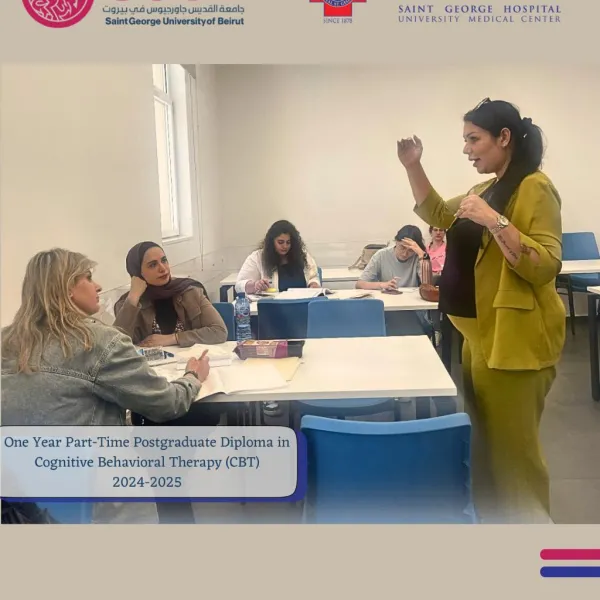The role of Criterion A2 in the DSM-IV diagnosis of post-traumatic stress disorder
Abstract
Background
Controversy exists about the utility of DSM-IV Post-traumatic Stress Disorder (PTSD) Criterion A2: that exposure to a Potentially Traumatic Experience (PTE; PTSD Criterion A1) is accompanied by intense fear, helplessness, or horror.
Methods
Lifetime DSM-IV PTSD was assessed with the Composite International Diagnostic Interview in community Surveys of 52,826 respondents across 21 countries in the World Mental Health Surveys.
Results
37.6% of 28,490 representative PTEs reported by respondents met Criterion A2, a proportion higher than the proportions meeting other criteria (B-F; 5.4-9.6%). Conditional prevalence of meeting all other criteria for a diagnosis of PTSD given a PTE was significantly higher in the presence (9.7%) than absence (0.1%) of A2. However, as only 1.4% of respondents WHO met all other criteria failed A2, the estimated prevalence of PTSD increased only slightly (from 3.64% to 3.69%) when A2 was not required for diagnosis. PTSD with or without Criterion A2 did not differ in persistence or predicted consequences (subsequent suicidal ideation or secondary disorders) depending on presence-absence of A2. Furthermore, as A2 was by far the most commonly reported symptom of PTSD, initial assessment of A2 would be much less efficient than screening other criteria in quickly ruling out a large proportion of non-cases.
Conclusion
Removal of A2 from the DSM-IV criterion set would reduce the complexity of diagnosing PTSD while not substantially increasing the number of people WHO qualify for diagnosis. A2 should consequently be reconceptualized as a risk factor for PTSD rather than as a diagnostic requirement. Biological Psychiatry, 68(5), 465-473.
To obtain complete access to the article, please send an email to idraac@idraac.org, in which you specify your position and the reason for your request.



